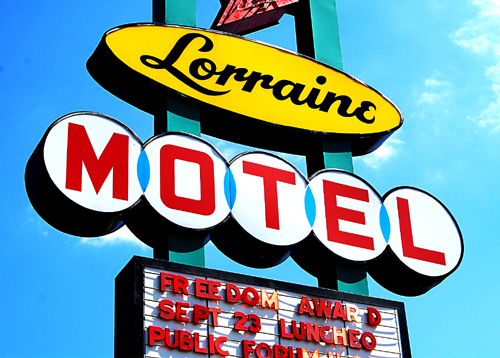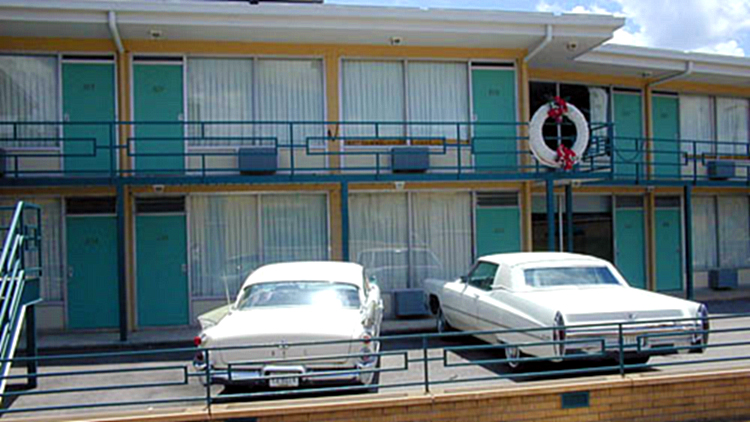| |||||||||
| |||||||||
| SOCIAL SUSTAINABILITY | |||||||||
| Social Sustainability at the National Civil Rights Museum | |||||||||
|
| |||||||||
| |||||||||
|
Today, the National Civil Rights Museum is planning the first major renovation of our permanent exhibits, and we are considering the changing face of our audiences and their expectations to ensure that our new exhibit experiences have the same authenticity, intellectual, and emotional punch as the originals, but also that they reach our audiences in new ways. In the first years of the museumís life we welcomed 90,000 visitors annually, and about 90% of those visitors were African American. Today, our 200,000 annual visitors are 50% African American, 45% Caucasian, and are evenly distributed across all age ranges. For us, this means that more visitors of all ages and backgrounds are seeking a more complete and inclusive history of the United States. International visitors account for 4% of our audience, a small but significant percentage of our audience seeking an authentic and comprehensive interpretation of our history. We surveyed our visitors to find out what was most important to them in the current exhibits, and we heard overwhelmingly, from visitors of all ethnicities, that it is important to show conflict and difficult issues in our collective history, and to do so in a place where people feel safe and comfortable in discussing that history. Our local visitors especially see us as a place where uncomfortable topics can and should be explored and discussed. As we prepare for the museumís renovation, the NCRM team is shifting its approach to help our audiences understand not only the impact of the past on the present, but also to understand the goals and objectives, strategies and tactics of the civil and human rights movement from enslavement to present day, to reveal the relevance and application to contemporary issues. We estimate that approximately $2 billion dollars is being invested in institutions focusing on African American history and culture since the turn of this century. That investment creates more opportunity for every one of us to better understand our own history, ways that history shapes our present, and to gain an understanding of the role each of us can play in the ongoing work to form a more perfect union for the future.
Back to Cultural Capital Spring 2012 main page... | |||||||||
CURRENT ISSUE | PRINT ISSUE | ARCHIVE | CONTACT | SUBSCRIBE | |||||||||
Copyright © Lord Cultural Resources, www.lord.ca. All Rights Reserved. Lord Cultural Resources values your privacy and does not sell or trade email addresses. |


 By Tracy Lauritzen Wright,
By Tracy Lauritzen Wright,
